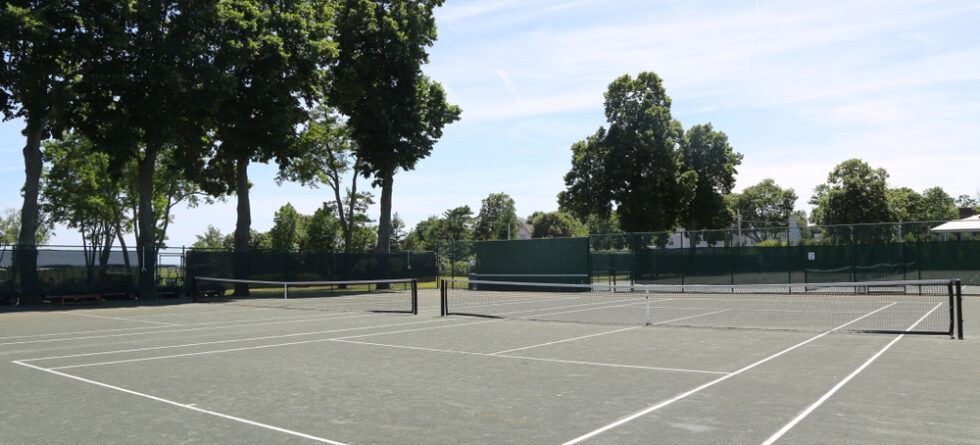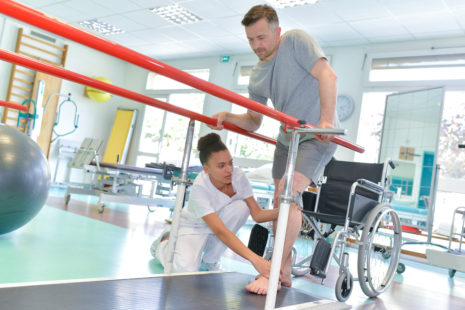There are several health conditions and injuries that can be related to playing tennis. These can result from the physical demands and repetitive movements involved in the sport.
Some of the common conditions and injuries associated with tennis include…
- Tennis Elbow (Lateral Epicondylitis) – This is a condition caused by overuse of the forearm muscles, leading to pain and inflammation on the outer part of the elbow.
- Rotator Cuff Injuries – The repetitive overhead movements in tennis can strain the rotator cuff muscles and tendons in the shoulder, leading to injuries or inflammation.
- Sprains and Strains – Tennis players are susceptible to sprains and strains in various parts of the body, including ankles, knees, and wrists, due to sudden starts, stops, and lateral movements.
- Meniscus Tears – The pivoting and twisting motions involved in tennis can sometimes cause tears in the meniscus, which is the cartilage in the knee joint.
- Achilles Tendonitis – Overuse of the Achilles tendon, which connects the calf muscles to the heel, can lead to inflammation and pain.
- Back Pain – Repetitive twisting and bending during play can lead to back pain, especially in individuals with poor form or weak core muscles.
- Plantar Fasciitis – This condition involves inflammation of the plantar fascia, the tissue that runs along the bottom of the foot, and it can result from the stress of running and quick movements on the court.
- Stress Fractures – Overtraining and repetitive impact can lead to stress fractures in the bones, often affecting the shin or foot.
Tennis players need to take preventive measures and use proper techniques to minimize the risk of these injuries. Wearing appropriate footwear, warming up properly, strengthening muscles, and using good form during play are some of the strategies that can help reduce the likelihood of developing tennis-related health issues.
If you experience persistent pain or injuries related to tennis, it’s crucial to seek medical evaluation and follow appropriate treatment recommendations. Also, consulting with a sports medicine specialist or physical therapist can provide valuable guidance on injury prevention and rehabilitation.




